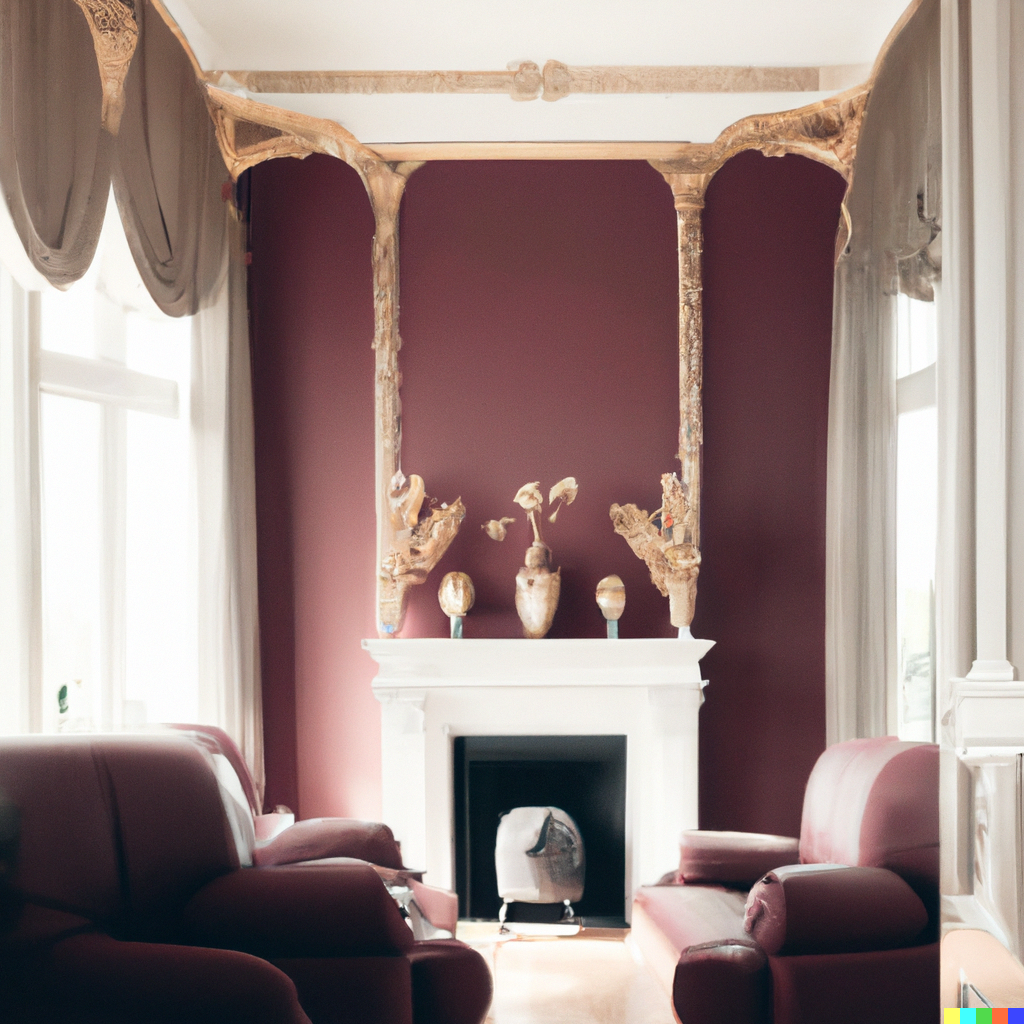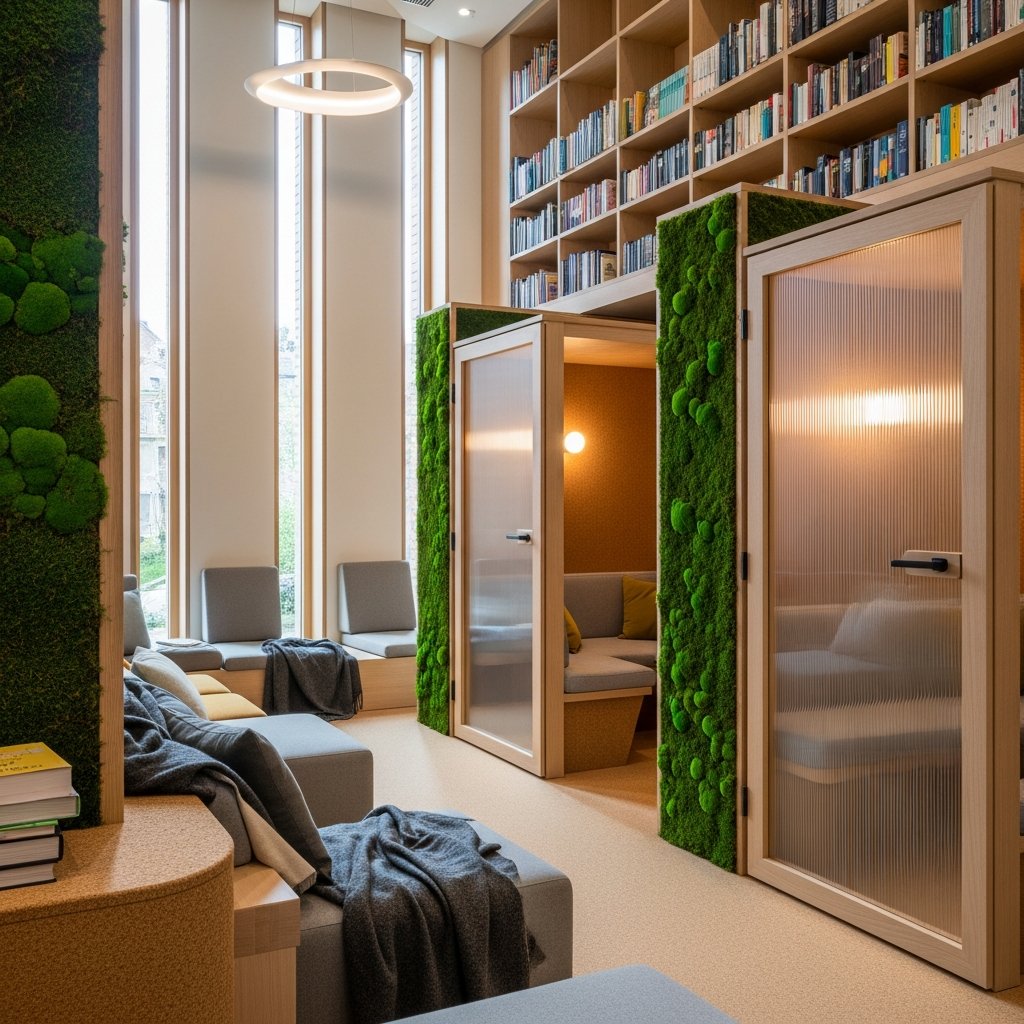The Art of Craftsmanship: Elevating Interior Design Through Timeless Traditions

The world of interior design has evolved dramatically over the years, yet the essence of craftsmanship remains a cornerstone for designers seeking to create spaces that exude luxury, warmth, and sophistication. In this article, we will delve into the significance of craftsmanship in interior design, exploring its rich history and the ways it continues to shape the industry today.
The Importance of Craftsmanship in Interior Design
A profound respect for the past is at the heart of embracing craftsmanship in interior design. By understanding the roots of traditional techniques, designers are able to elevate their work, creating bespoke, one-of-a-kind spaces that stand the test of time. Handcrafted elements bring a sense of authenticity and soul to a room, setting it apart from the mass-produced, cookie-cutter designs that have become all too common.
Examples of Craftsmanship in Interior Design
Take, for instance, the intricate woodwork found in a luxurious study designed by renowned architect Christopher Peacock. His detailed cabinetry and expertly crafted millwork showcase the beauty and skill that can only be achieved through the time-honored practice of woodworking. Similarly, the work of designer Kelly Wearstler exemplifies the marriage of craftsmanship and modern design.
The Level of Customization Afforded by Craftsmanship
One of the most compelling aspects of craftsmanship in interior design is the level of customization it affords. From hand-blown glass fixtures to hand-woven textiles, these artisanal elements allow designers to create spaces that are truly unique and reflective of their clients’ tastes and personalities. Moreover, investing in handcrafted pieces supports local artisans and contributes to the preservation of traditional skills and techniques.
Challenges and Benefits of Embracing Craftsmanship in Interior Design
Embracing craftsmanship in interior design is not without its challenges, of course. The painstaking attention to detail and the time required to create these bespoke elements can result in higher costs and longer lead times for projects. Nevertheless, the unparalleled quality and lasting appeal of handcrafted designs make them a worthwhile investment for those seeking to create truly exceptional spaces.
Tips for Incorporating Craftsmanship into Interior Design Projects
To incorporate craftsmanship into your own interior design projects, consider the following tips:
Prioritize Quality Over Quantity
Invest in a few well-crafted statement pieces rather than filling your space with mass-produced items.
Mix and Match Styles
Combine traditional craftsmanship with contemporary design elements for a balanced, eclectic look.
Support Local Artisans
Seek out skilled craftspeople in your community and collaborate with them on custom pieces for your home.
By embracing the art of craftsmanship in interior design, we can create spaces that are not only visually stunning but also imbued with a sense of history, authenticity, and soul. As we continue to navigate an ever-changing design landscape, the timeless appeal of handcrafted elements serves as a reminder of the enduring power of human ingenuity and creativity.





